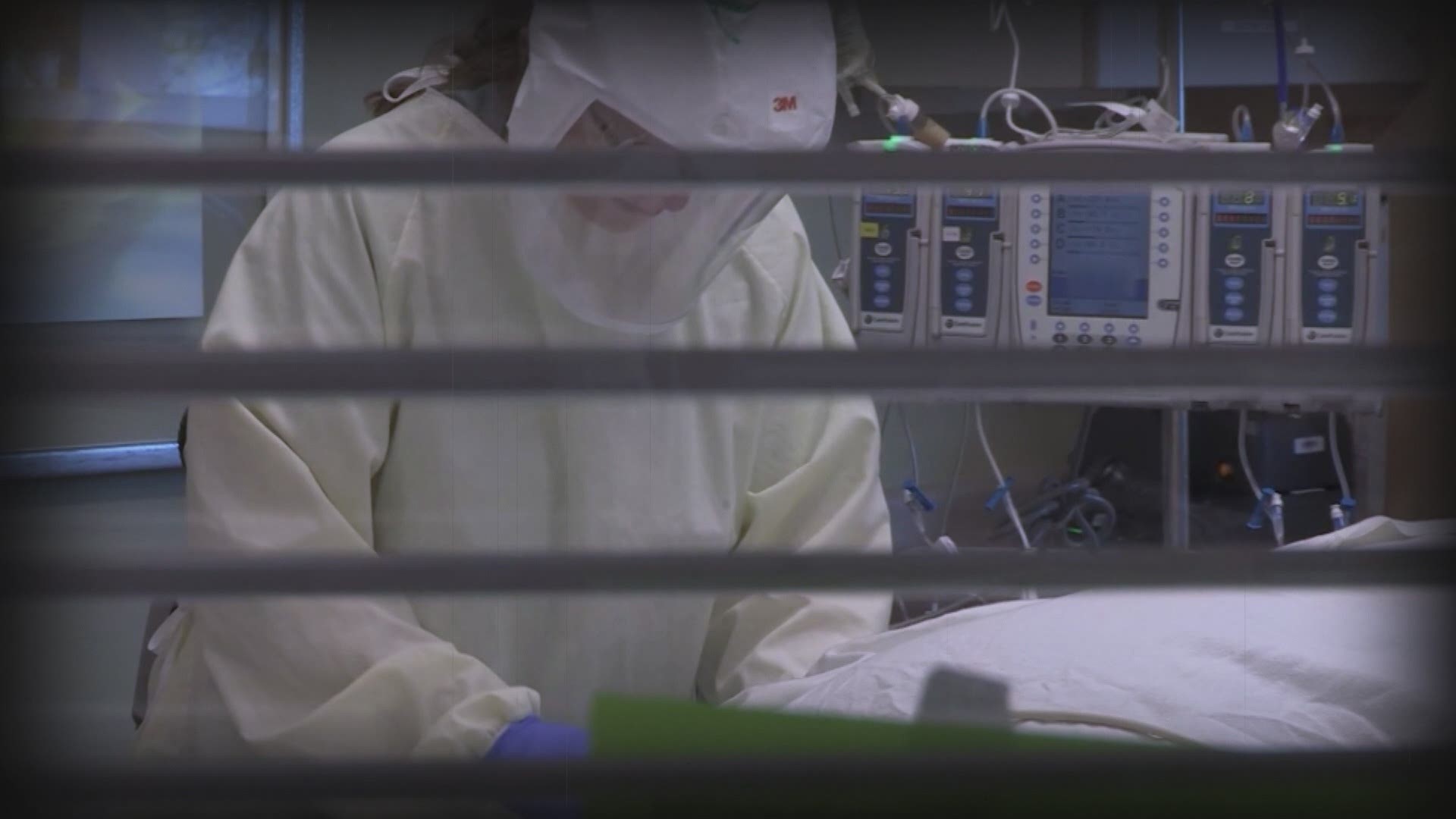ST PAUL, Minn. — The Minnesota Department of Health (MDH) has released new guidance to help people evaluate when it might be necessary to get a test for COVID-19, and which options might be best.
The guidance comes as testing options continue to expand, and as the state of Minnesota enters a new "dial-back" period of restrictions starting at 11:59 p.m. on Nov. 20.
“Testing is an important tool for slowing the spread of COVID-19 and we are committed to providing no-barrier access for everyone who needs it,” Assistant Health Commissioner Dan Huff said in a statement. “We don’t want people to be confused by their options - it can be difficult to know which test people should take, and when exactly they should take it. Our updated criteria will help people more quickly determine what’s best for them in their situation.”
During the dial-back period, Huff said it's important to prioritize testing for people working in industries that remain open.
“We talk regularly about health care workers as our front-line heroes, but that label also applies to our child care workers, retail and grocery store workers, public safety, and others working to keep our critical infrastructure up and running,” Huff said. “We need them, along with anyone with symptoms or who was exposed to someone who tested positive, to continue having access to reliable and quick testing.”
Here's the MDH testing guidance during Minnesota's dial-back period:
1. Anyone with symptoms should be tested as soon as possible.
- COVID-19 symptoms can include cough, shortness of breath, fever, chills, headache, muscle pain, sore throat, or loss of taste or smell.
- MDH says people who are sick are urged to stay home. Those who do need to leave home to seek a test should wear a mask and maintain social distancing.
- Health officials say community testing sites are best for people with mild symptoms. A list of community testing locations is available on the MDH website.
- People with moderate or severe symptoms are urged to call their health care provider or go to a hospital.
2. Anyone exposed to someone positive for COVID-19 should get tested.
- MDH recommends testing at least five days after potential exposure, as tests may not be able to detect the virus if a person is tested too soon.
- Health officials said people should stay home for 14 days after contact with a person who has COVID-19, whether there are symptoms or not. That quarantine should continue even if a person receives a negative test result.
- Free, at-home saliva testing is available for people who learn about exposure early in the 14-day window.
- Appointments are also available at community testing sites.
3. Anyone working at places that remain open during the dial-back period should consider testing.
- MDH says this category includes workers in critical infrastructure, first responders, health care, child care, retail workers and others.
- MDH officials said people in this category are at risk because of how fast the virus is spreading.
- Even without symptoms or known exposure, MDH encourages people in this category to be tested at least once before Dec. 18; or, if possible, to get tested once at the beginning of the four-week dial-back period, and again near the end of that time.
- MDH suggests making an appointment at a community testing site or using an at-home saliva test.
The Minnesota Department of Health is also suggesting that people make appointments for testing when possible, and only to seek walk-in testing if they require a test that day. MDH said when too many people seek tests without an appointment, it can create long lines and increase potential for exposure.
MDH said testing sites in Greater Minnesota may have more availability than site in the Twin Cities.

